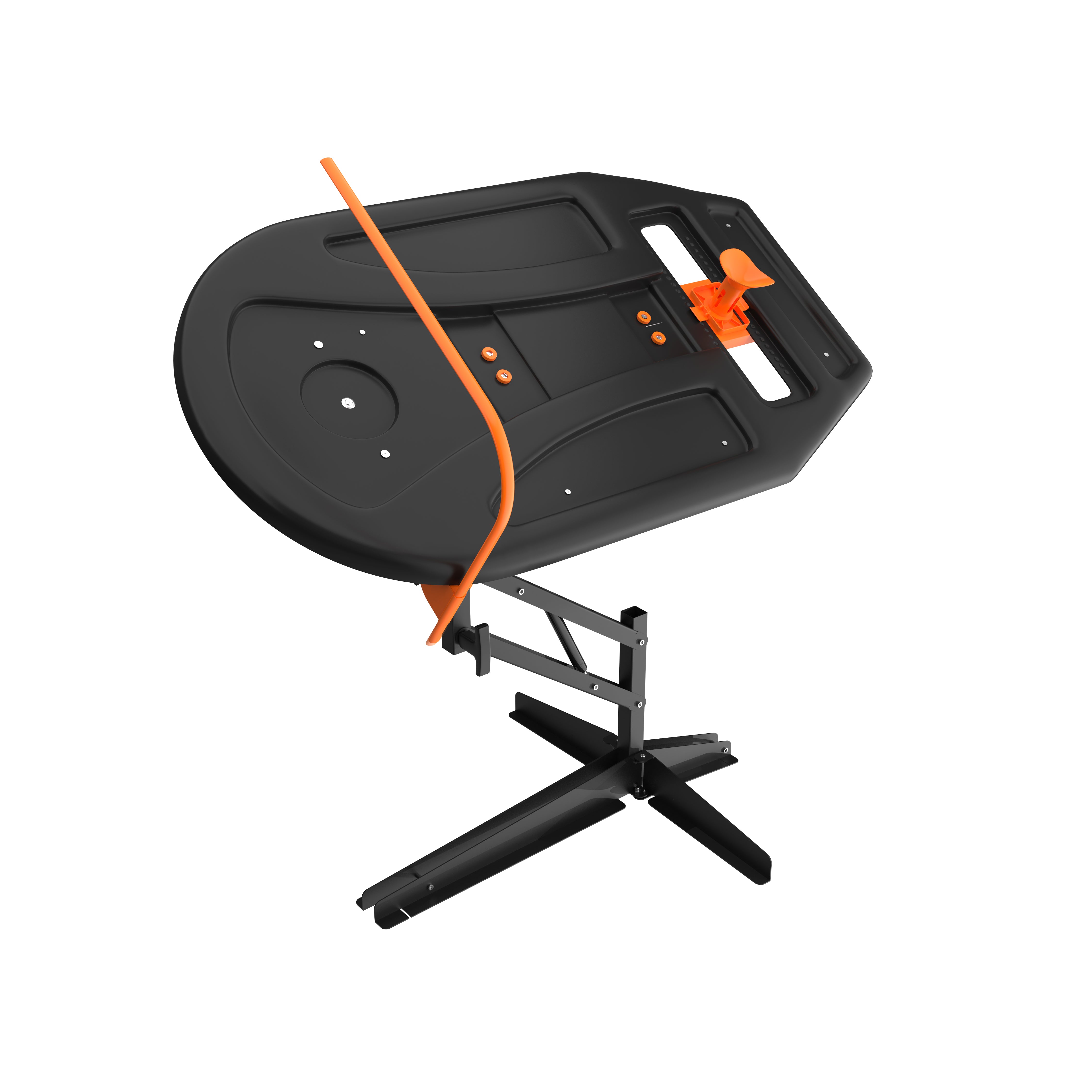Why is Exit Velocity so important, and how do you increase it?
Exit Velocity Definition – The speed of the ball after it is struck by the bat. It can be measured immediately after impact or at some point during the flight of the ball.
Importance of Exit Velocity- It doesn’t matter whether you are hitting ground balls, line drives, or home runs, the fact remains, the higher your exit velocity is, the higher your batting average, slugging percentage, and on-base percentage will be. So if high Exit Velocity is the goal, the obvious question is, how do we achieve it? There are 3 main factors:
1. Good Bat Path – The longer your bat is on plane with the ball, the higher the chance of solid contact. The more solid your contact, the higher the exit velocity.
- How to Achieve Good Bat Path
- Perfect Swings USA Swing Path Trainer batting tee - It is the one training device that forces a hitter to be on plane with the ball throughout the hitting zone. By repeating correct swings on the Swing Path Trainer and building muscle memory you can achieve a good bat path and maintain it.
2. Faster Bat Speed – For every 1 mph of bat speed, you add approximately 5 feet of potential distance to your batted balls. Greater bat speed also lets a hitter wait longer before swinging allowing more time for pitch identification.
- How to improve bat speed – Get stronger and move faster
- Overload/Under-load, or as we call it “Heavy Bat/Light Bat” is the most common method for increasing bat speed. The basic concept is to swing a heavy bat (approximately 5 ounces heavier than your normal bat) for x number of swings and then swing a light bat (approximately 5 ounces less than your normal bat) for x number of swings. The heavy bat will make you stronger and the light bat will teach you how to swing faster. The combination of the two will increase your bat speed.
- Perfect Swings USA Swing Path Trainer batting tee
- Corrects proper form increasing bat speed
- Allows you to work with heavier bats (> 5 ounce differential) because you know your swing is correct. By using heavier weights you will increase strength which will increase bat speed. Some of the most common feedback we get at PSUSA from players using our tee is that their bat speed and exit velocity went up almost immediately.
- How to Improve Solid Contact
- Good Bat Path - The longer your bat is on plane with the ball, the higher the chance of solid contact.
- PSUSA Mini-Training Balls and Tempo Trainer – By using smaller balls with a smaller barreled bat you will increase hand-eye coordination improving your chances of solid contact.
Why it’s easier to train for, and quantify Bat Speed vs Exit Velocity
- You can measure bat speed for a player without any outside influences (Type of ball, Quality of contact, Pitch Speed, etc.) and truly determine accurate performance. If you use a PSUSA Swing Path Trainer, you can eliminate the quality of swing as a variable. It’s as simple as a swing of the bat and reading the measurement.
- A player can control their bat speed destiny. In other words, the harder the player works at it, the faster the bat speed will be regardless of their hitting skills.
- There are a lot of factors that precede exit velocity that you can’t control or that distort the numbers for exit velocity:
- Bat type – wood vs metal. The same hitter will get different readings when using different bat types. The ball will jump off the bat faster when using metal.
- Type and quality of ball – Many different types of balls get used and they are made of different materials. Even if you always use the same type of ball, the rebound effect of a ball changes the more it is used.
- Quality of Contact – The more the hitter squares the ball up the better the exit velocity. The problem is that you don’t know whether a ball has been squared up on each reading, so determining the cause of the increase or decrease is difficult to do.
- Pitch Speed – Pitch speed affects Exit Velocity the same way bat speed does. The faster the pitch speed, the greater potential for higher exit velocity. This can skew the numbers when judging a player’s ability while facing pitchers.
SUMMARY
Analytics play a huge role in the game of baseball today. When it comes to hitting, Exit Velocity is now king. You see it on tv after every home run, college scouts look at it when determining which players to recruit, it's measured on the travel team circuit, and hitting facilities are using it to monitor the progress of students. It's not going to go away anytime soon. The good news is that there are concrete ways to improve your exit velocity. By combing the PSUSA Swing Path Trainer, Tempo Trainer (coming soon), and Mini-Training Balls (coming soon) with the right drills and training programs, you can make significant progress towards hitting the ball harder and seeing your Exit Velocity increase exponentially.







